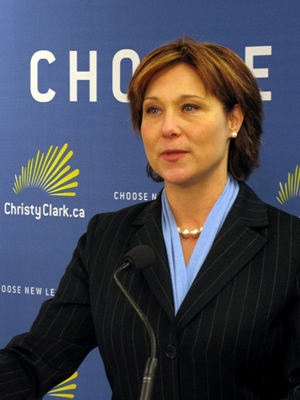
"The consequences of our actions are so complicated, so diverse, that predicting the future is a very difficult business indeed." -- J. K. Rowling, Harry Potter and the Prisoner of Azkaban
Polling provides a political roadmap to all parties but there's no guarantee the streets it shows now will even exist by the May 2013 provincial election.
Nonetheless, the B.C. Liberals appear to have finally exited the highway to electoral hell they have been zooming down for months.
The B.C. New Democrats under leader Adrian Dix are still racing on the political equivalent of the no-speed-limit Autobahn, but have started glancing in their rear view mirror to see if Premier Christy Clark has any chance of catching up.
And the B.C. Conservatives' early jackrabbit start towards opposition party contender status with new leader John Cummins has ended with their vehicle in the ditch, while B.C. Greens' leader Jane Sterk's eco-hybrid silently follows.
Those conclusions are drawn from Angus Reid Public Opinion's latest B.C. poll, which puts Clark’s B.C. Liberals up three points at 29 per cent, the B.C. NDP down two at a still lofty 47 per cent, the B.C. Conservatives fading four to 12 per cent and the Greens up one to nine per cent.
The poll gives Clark a faint hope clause of winning, but with a disapproval rating of 60 per cent versus an approval of just 29 per cent and a momentum score of negative 36 per cent, there's no champagne on ice.
Commitment issues
Dix holds a commanding 48 per cent approval rating against 34 per cent disapproval, a clear lead in every B.C. region and a momentum score of positive seven per cent, but the poll shows he has reasons to be concerned about fading in the final stretch.
Angus Reid pollster Mario Canseco said in an interview with The Tyee that with 21 per cent of respondents saying they don’t see any of the four party leaders as making the best premier and another 27 per cent not yet sure, voters are volatile.
"The fact that we're six months from a campaign and people who say they don't know or none of the above totals 48 per cent -- that's problematic," Canseco says.
But this and previous polls show the NDP with a significant advantage over the struggling Liberals, he added.
"The NDP have premier-in-waiting approval levels for Dix," Canseco said. "There's a level of commitment for an opposition party that we don't see anywhere else in the country. That's what makes it compelling and unique."
Canseco says the NDP must resist the temptation to believe the election is "in the bag" and say nothing about what it would do in government.
"They need to provide a vision consistent with what people expect of you but keep the centrist votes," he said.
A bad connection fixable?
And while Canseco warns that the NDP's challenge to maintain its big lead is still significant, he says the Liberals' situation is daunting.
"The problem the B.C. Liberals have is one of connection. You can't just say, 'We don't want to go back to the 1990s,'" Canseco says. "It's not the way to win the election."
"New voters, younger voters, those from outside B.C. or Canada don't know about when the NDP was in power in the 1990s."
But Canseco also says the Liberals have one big advantage -- incumbency. The Liberals can actually do things while the NDP can only make promises.
"It's a matter of engagement -- when you're in government you can do that," he said.
To add to the NDP worries, the B.C. Liberals have also narrowed the gap in Metro Vancouver, the region with 38 of the province's 85 seats, to nine per cent, with the NDP at 42 per cent the Liberals at 33 per cent, Conservatives at 13 per cent and Greens at 9 per cent plus 3 per cent independent or other.
And Dix only has a one per cent margin over Clark as the leader best suited to deal with the economy -- which the poll says B.C. voters believe is the most important issue facing the province, ranked at 26 per cent versus 17 per cent for health care, 12 per cent for leadership and 10 per cent for the environment.
Lastly, in what could be a funny punch line, the B.C. Liberals hold a solid lead in just one of the large range of demographic statistics used to analyze public opinion -- they are clearly the choice of the "rich."
Those earning over $100,000 a year in household income favour the B.C. Liberals by a 47 per cent to 34 per cent for the NDP.
But Canseco makes a fascinating point: $100,000 plus households make up about 27-28 per cent of the total sample in the poll -- that's not a small category. And of course, two professionals making $51,000 each puts them into that demographic.
Gender gap persists for Clark's Libs
Nonetheless, the B.C. Liberals are in serious trouble, with a massive 24 per cent gender gap with women voters.
What's more, Canseco says, both the NDP and the B.C. Conservatives are equally stealing the B.C. Liberals' former voters.
While the NDP is retaining a huge 89 per cent of their 2009 election voters, the Liberals are only keeping 62 per cent of their supporters, with 16 per cent going to the NDP and 16 per cent to the Conservatives.
So Christy Clark's urgent pleas to restore the "free enterprise coalition" under the B.C. Liberal banner has fallen on deaf ears.
Canseco says the simple math of adding the B.C. Conservatives' votes to the B.C. Liberals to re-elect Clark is faulty.
"It's not at simple as that," Canseco said, making a point that Martyn Brown, former premier Gordon Campbell's chief of staff, has also written about.
In fact, adding the Conservatives' entire current 12 per cent to the Liberals 29 per cent equals 41 per cent to the NDP's 47 per cent. And John Cummins doesn’t plan to close their doors and give up.
Still, the big question facing the B.C. Conservatives isn't a merger with the B.C. Liberals they have already rejected but whether they have bottomed out after a brutal two months of defections, insurrection and bad press.
"You can't even pretend to be the official opposition with all of this happening," Canseco says, referring to the damage done by ex-Liberal cabinet minister John van Dongen's loud departure after a few months as the only B.C. Conservative MLA, followed by other party members quitting the party, some to join the B.C. Liberals.
But Canseco says even a battered B.C. Conservative Party drawing eight per cent of the vote in several northern and interior ridings could mean NDP victories over incumbent B.C. Liberals in close races.
And John Cummins continues to tour the province, going to ridings like Peace River South, where despite its troubles the party has a strongly contested nomination battle this week between two notable candidates.
So while the poll gives measures of both hope and fear to all parties, it's what they do with that road map to correct their course that really matters on May 14, 2013. ![]()





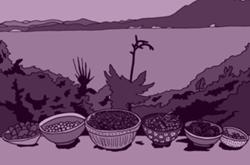
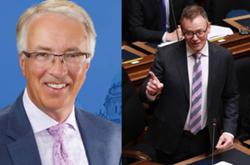
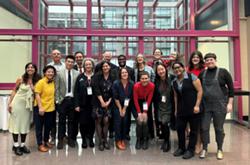
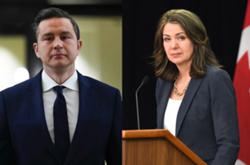
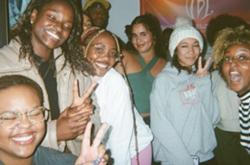

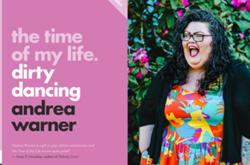
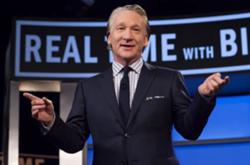
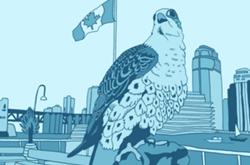
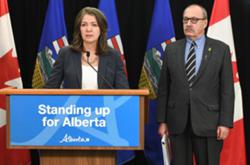
Tyee Commenting Guidelines
Comments that violate guidelines risk being deleted, and violations may result in a temporary or permanent user ban. Maintain the spirit of good conversation to stay in the discussion.
*Please note The Tyee is not a forum for spreading misinformation about COVID-19, denying its existence or minimizing its risk to public health.
Do:
Do not: